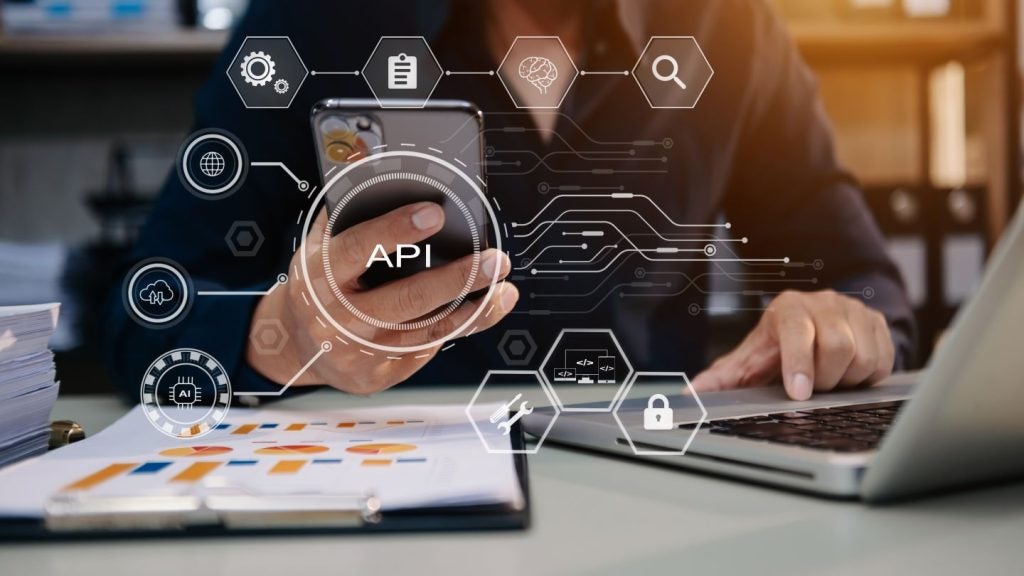
The world is awash with news and articles on artificial intelligence (AI), and the payment industry is no exception. Recently we have learned that Mastercard have rolled out an AI tool to spot real-time payment scams, US Bank is using AI in business travel management, and conferences are filled with talks on an AI future.
A year before, the financial press had a similar spell of exuberance around NFTs and Web3, but AI has taken the wind out of its sails. There is an easy, and probably not entirely wrong, interpretation that many have drawn here: in the absence of major structural changes to improve finance (or even the economy more broadly), companies are buying into fads rather than thinking long term. This isn’t entirely wrong nor right. What’s needed, as always, is a nuanced view of the phenomena of AI in banking that takes into account its potential while dismissing the ‘hype’.
What is AI?
The question of what constitutes intelligence is a long way beyond the scope of what I’m exploring here – and might be one of the most important philosophical questions there is. We can give a quick definition of AI as anything that resembles the thinking of a human being – so, the systems that make decisions on limits for loan applicants could be defined as artificially intelligent. They do what would once have been done by a human being with a checklist and often their own gut feelings about whether an applicant is the ‘right’ sort of person.
This sort of AI is functionally a flow chart – if the applicant has a credit score above a certain threshold, go to question three, if it is below, then go to question three. These flow charts can be incredibly complex, but they are still a replica of something that can be done with a pen and paper. The more recent wave of AI however does something different. Machine learning (ML) allows those flow-chart-like systems to adjust themselves to better optimise to achieve certain outcomes. For example, a loan company’s ML system might look through the data on repayment rates for customers with different credit scores and find that customers with a score of 600 are just as able to pay back their loans as those with a score of 700, so there is no need to charge them higher interest rates.
The more lenient terms will draw in more customers, increasing the business’s profitability. This may be something that a human could do, but they would do it far slower. Of course, not all ML systems are created equal and there might be complexities that a computer cannot take into account, so few companies would give their AI systems free rein to make whatever changes they decide are right, but they are well suited to making small adjustments to systems that result in a few percentage points extra profit. Essentially, AI and ML is only as good as the human behind it but it certainly takes a lot of heavy lifting out of the human’s hands.
AI in Payments
In payments, ML has similar applications. Research shows that 55% of businesses are still owed invoices from 2022 in May of 2023. There are a lot of reasons for this, not least among them the rising cost of living and electricity prices, but the sheer amount of red tape around payments is a major issue.
How well do you really know your competitors?
Access the most comprehensive Company Profiles on the market, powered by GlobalData. Save hours of research. Gain competitive edge.

Thank you!
Your download email will arrive shortly
Not ready to buy yet? Download a free sample
We are confident about the unique quality of our Company Profiles. However, we want you to make the most beneficial decision for your business, so we offer a free sample that you can download by submitting the below form
By GlobalDataB2B payments in the UK are the fastest in Europe and are getting faster, but still average 23 days from invoice to payment. Compare this to B2C payments, where money is typically transferred instantly from account to account or customer to business. ‘Day one’ B2B payments are the holy grail, but it isn’t always an option for legal and compliance reasons – AI can identify when it is an option and therefore when instant payment can be offered.
The starting point of any payment has to be in making sure that the person paying or being paid is who they say they are, and passed through KYC and AML checks. This whole process is a time-consuming, torturous workload because of the sheer volume of documents to examine. Fortunately, AI and ML tools don’t mind sifting through reams of paper or digitally scanned documentation. With natural language processing, AI and ML can speed-read documents, verify whether they’re fake or genuine, and cross-reference them with other sources to ascertain authenticity.
With much faster and efficient onboarding, customers can open accounts in just a few minutes, start transacting straight away, and institutions benefit from the knowledge that they’re in full compliance with AML and KYC regulations.
In the case of more complex payments, AI can identify shortcuts and efficiency savings or automate the more mundane tasks. AI’s ability to process massive datasets and compare a multitude of variables in real time is a game-changer. It can facilitate straight-through processing of payments, with far more accurate decisioning, and smart routing and distribution of payment transactions to improve authorisation and settlement. For example, AI can help a payment provider decide whether a specific transaction needs to go through two-factor authentication.
AI-powered payment reconciliation can automatically match incoming payments with outstanding invoices, reducing the need for human intervention and speed up reconciliation times. This will hopefully lead to some of the £50 billion or more in late payments owed to UK businesses being reduced.
What’s next for AI in payments?
You will notice by now that we are talking about AI systems in payments and finance in the present tense. This is because they have been present in the larger finance industry for years – decades in some cases. When AI is being mentioned today, it is usually in reference to new innovations in the field, namely large language models (usually referred to as ChatGPT, though this is one of many companies working in the field.)
You will probably be aware of the capabilities of these systems already in use: a user can give the AI a prompt (‘write three social media posts about AI in business-to-business payments’) or ask a question (“how might AI affect the B2B payments industry?”) and the large language model will return an answer that can often be extremely convincing.
It does this by having been fed millions of pieces of data (articles, books, social media posts and so on) and making sophisticated networks of connections between terms to the point that it can reproduce something that looks like what it has previously seen an article on AI in payments looks like. Because it isn’t ‘thinking’ as such and cannot conduct research, these LLMs are prone to ‘hallucinations’ in which they produce an answer that looks plausible, but which fall apart under the slightest scrutiny.
Despite all of the talk about LLMs and payments, it is difficult to see what these systems offer that isn’t already available through ML. Needing to produce large bodies of convincing (but not entirely convincing) text isn’t one of the pain-points of the payment industry compared to payment facilitation, cross-border payments and fraud. It might be the case that these technologies will lead to advances in ML that can make existing systems better able to parse the massive data sets generated by a payments company during its day-to-day activity.
As always, the payments industry needs to have a realistic view of both the technology behind AI and what will really move the needle for them. The specific pain points that need addressing in payments are varied and always evolving, but we are already seeing how AI can improve outcomes for payments companies.

Scott Dawson, Head of Sales and Strategic Partnerships at DECTA.
Scott is a highly motivated and results oriented individual with 20 years of experience within the payments industry. Previously, he served as Commercial Director at Neopay, the market leader at delivering compliance solutions to eMoney and payments institutions. Scott has also held fraud management positions at PSI Holdings and Neteller, before becoming Senior Fraud Manager and then Business Development Manager at ClickandBuy, which was acquired by Deutsche Telekom








Related Company Profiles
Deutsche Telekom AG
Mastercard Inc